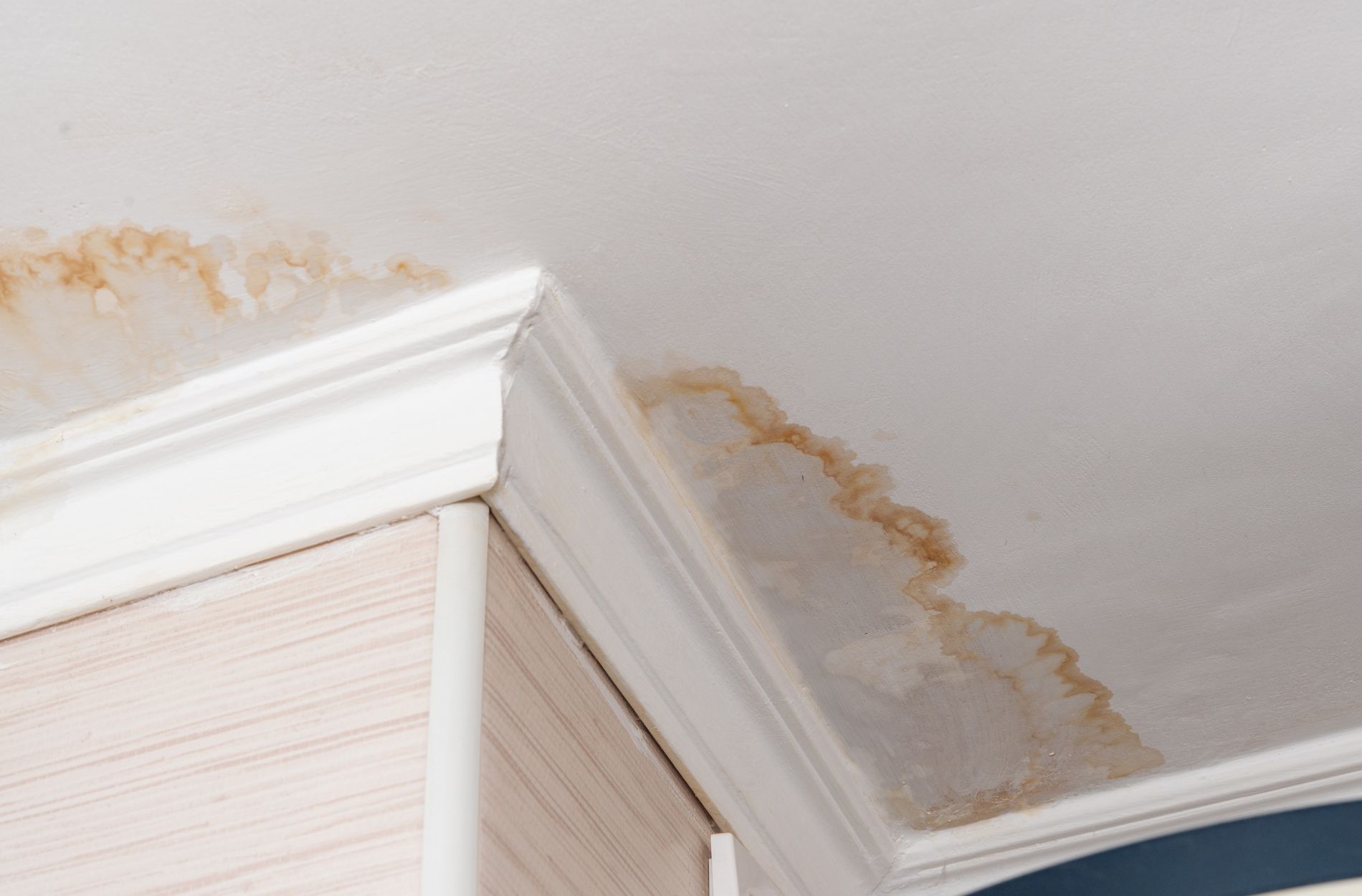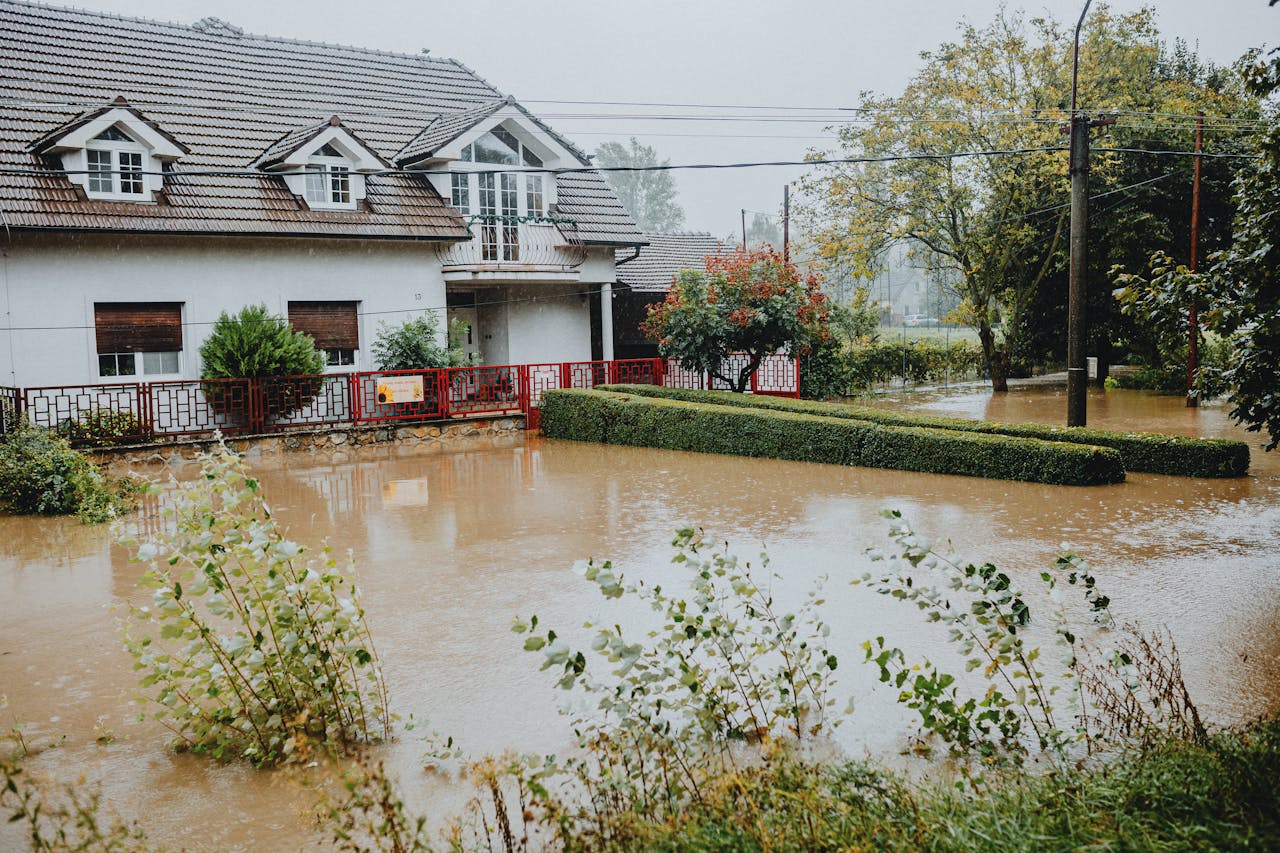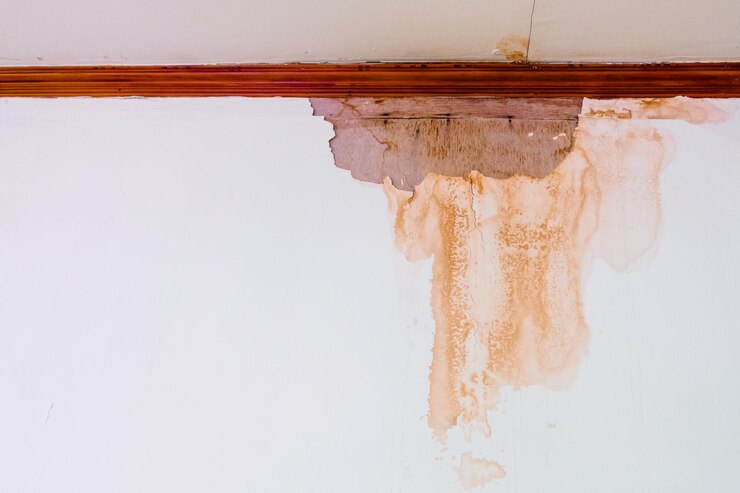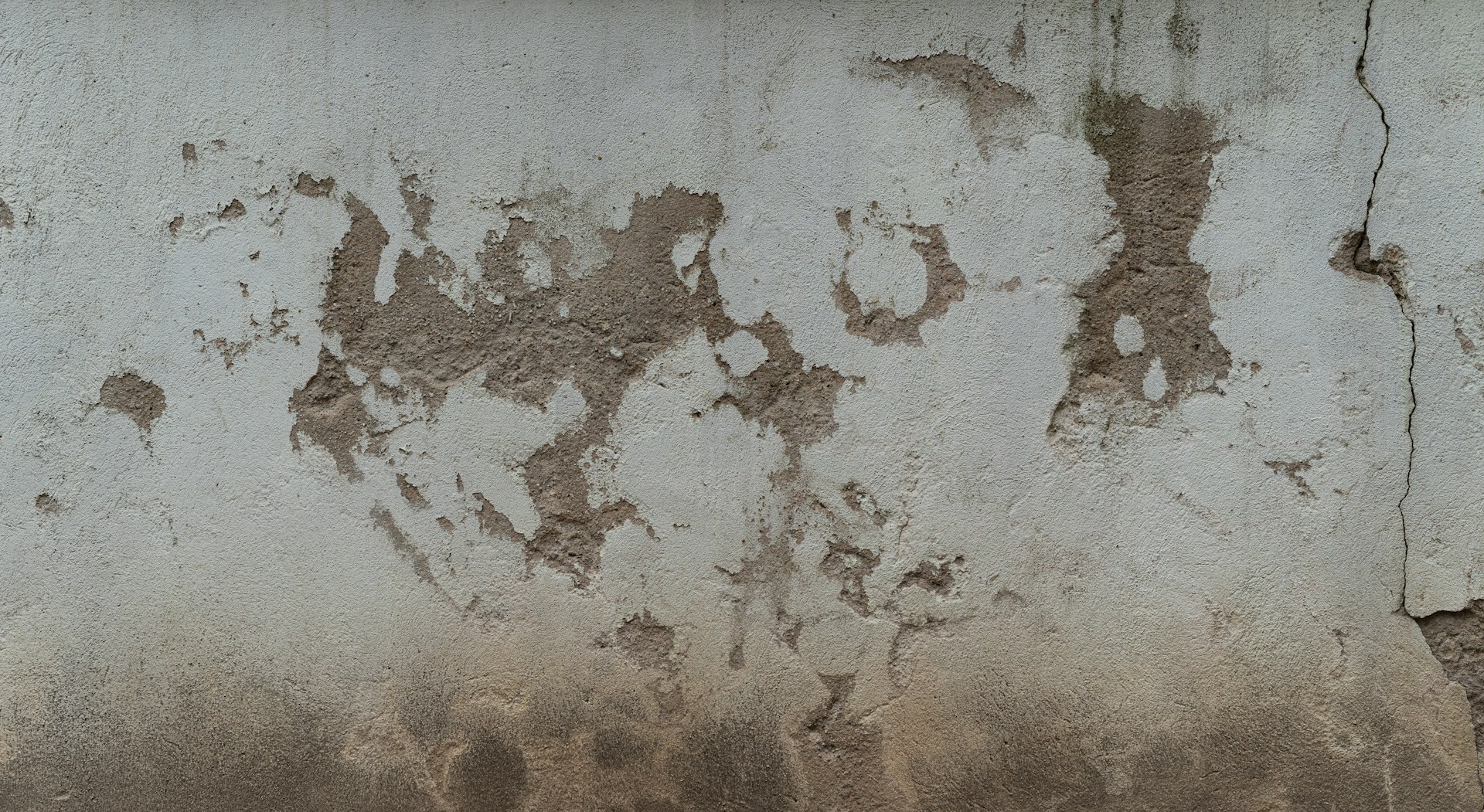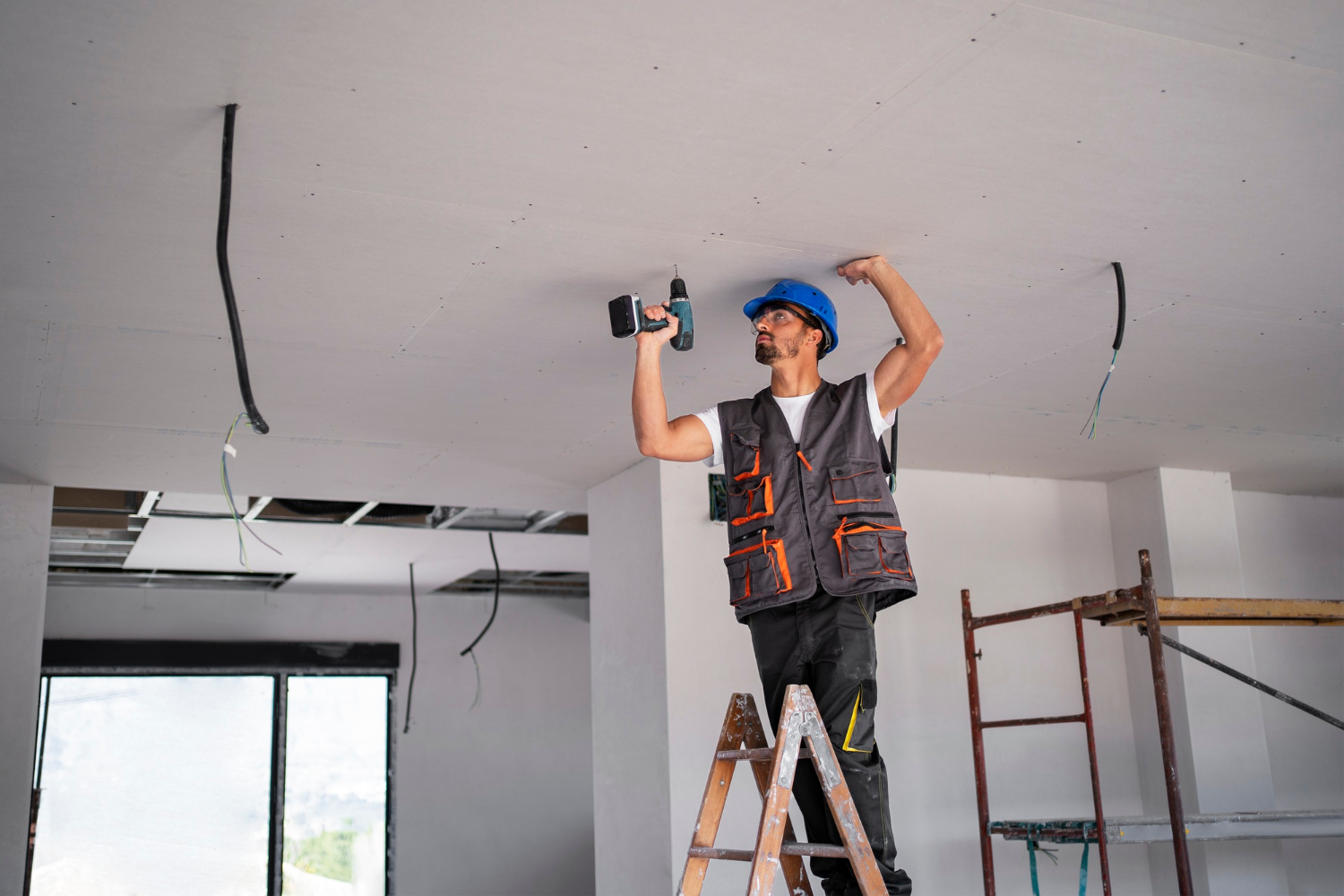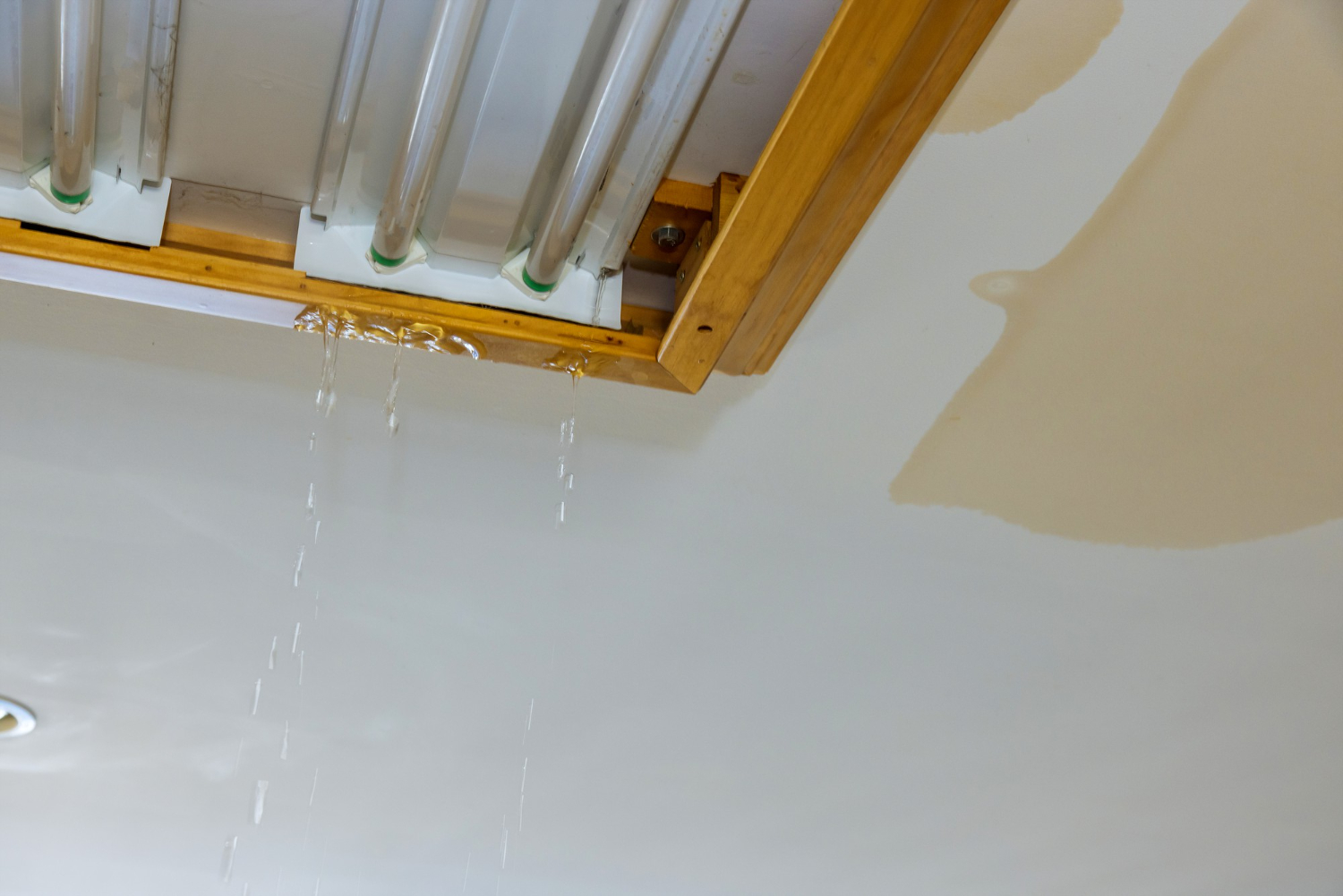Water damage can be a homeowner’s worst nightmare. It can strike unexpectedly, from a burst pipe to a major storm, leaving your home in disarray. Knowing what to do when you first discover water damage can make a significant difference in reducing the overall impact and cost of repairs.
The first moments after discovering water damage are crucial. Acting quickly and correctly can save your belongings and minimize the damage to your property. There are essential steps you should take immediately, like shutting off the water supply and removing any electrical hazards. These actions are vital for ensuring your safety and beginning the cleanup process effectively.
However, it’s equally important to know what to avoid doing in such situations. Common mistakes, like waiting too long to take action or using improper cleaning methods, can worsen the damage and potentially lead to health risks like mold growth. Understanding both the essential dos and don’ts can help you navigate the stressful experience of water damage more confidently.
Immediate Actions to Take
Turn Off the Water Supply
The first step you should take when you discover water damage is to turn off the water supply. Find the main water valve in your home and turn it off immediately. This action will stop more water from entering the damaged area and reduce the extent of the damage. If you’re dealing with a localized issue, like a leaking appliance, you can turn off the water supply to that specific unit.
Remove Electrical Hazards
Water and electricity are a dangerous combination. Before you start any cleanup, ensure that you eliminate any electrical hazards. Unplug and remove any electrical devices from the affected area. If there’s significant water damage near electrical outlets or appliances, turn off the electricity to that part of your home from the circuit breaker. Make sure you are safe while doing this by standing on dry ground and using a wooden or plastic tool to operate the switch if necessary.
Document the Damage
Once the immediate threats are under control, document the damage. Use your smartphone or camera to take clear pictures and videos of all affected areas, including the source of the water damage. Documenting the damage will be crucial when you file an insurance claim. Capture detailed images of damaged furniture, flooring, and walls. Keep a record of any actions you take to mitigate further damage, as this information can also be valuable during the insurance process.
Key Steps to Mitigate Damage
Extract Standing Water
After addressing immediate hazards, the next step is to remove any standing water. You can use a wet/dry vacuum to extract smaller amounts of water quickly. For larger areas, you might need to use buckets or rent a larger water pump. The quicker you can remove the standing water, the less damage it will cause to your floors, walls, and belongings. Prompt action will also help prevent the growth of mold and mildew.
Use Dehumidifiers and Fans
Once you’ve removed the standing water, it’s crucial to dry out the area as much as possible to prevent further damage. Dehumidifiers are excellent tools for reducing moisture in the air. Place them in the affected areas and let them run continuously. Additionally, set up fans to circulate air and speed up the drying process. If the weather permits, open windows and doors to enhance air flow. This combined approach will help reduce the moisture level in your home more effectively.
Prevent Mold Growth
Mold can start growing within 24 to 48 hours after water damage occurs. To prevent mold growth, it’s vital to clean and disinfect the affected areas thoroughly. Use a mixture of water and detergent to scrub hard surfaces like walls, floors, and furniture. For porous materials, such as carpets and upholstery, professional cleaning or replacement might be necessary. Keep an eye out for any signs of mold, such as a musty smell or discoloration on surfaces. If you detect mold, dealing with it promptly will safeguard your health and home.
Common Mistakes to Avoid
Waiting Too Long to Act
One of the biggest mistakes homeowners make when they discover water damage is waiting too long to take action. Even a short delay can allow the water to seep deeper into floors, walls, and furniture, worsening the damage. Mold can start to grow within 24 to 48 hours, creating health risks and making the cleanup process much harder. Acting immediately to remove water and begin drying out the area can prevent these complications and reduce repair costs.
Using Inappropriate Cleaning Methods
Another common error is using inappropriate cleaning methods. For instance, many people try to use a household vacuum to remove water. This is dangerous and can break the vacuum. Instead, you should use a wet/dry vacuum or rent specialized equipment. Additionally, using harsh chemicals to disinfect can damage surfaces and emit harmful fumes. Always use cleaning products recommended for water damage and follow the manufacturer’s instructions to avoid further damage or health risks.
Ignoring Hidden Water Damage
Ignoring hidden water damage is also a serious mistake. Just because the surface appears dry doesn’t mean that all the moisture is gone. Water can hide behind walls, under floors, and within insulation. If left untreated, this hidden moisture can cause structural damage and lead to mold growth. Using moisture meters to check for hidden water and ensuring complete dryness is essential. Hiring professionals to inspect and confirm that all moisture has been addressed can save you from future headaches.
When to Call Professionals
Recognizing Complex Damage
There are times when water damage becomes too complex for a homeowner to handle alone. Recognizing this is key to preventing further damage. If the water damage involves sewage or chemicals, professional assistance is crucial due to the health hazards involved. Similarly, extensive damage that affects multiple floors or systems in your home likely needs professional intervention to be properly assessed and repaired.
Understanding Health Risks
Water damage isn’t just about structural harm; it can pose significant health risks as well. Mold growth, for instance, can cause respiratory problems and allergy symptoms. Water that seeps into electrical systems can create a fire hazard. Professionals have the tools and expertise to deal with these dangers safely. They can also identify potential health hazards that aren’t immediately obvious to an untrained eye, ensuring your home is safe to live in once repairs are complete.
Benefits of Professional Restoration Services
Hiring professional restoration services provides numerous benefits. Experts have specialized equipment that can dry out large areas quickly and effectively, preventing mold and further water damage. They also know the best techniques for cleaning and restoring different materials, ensuring that your home and belongings are returned to their pre-damage condition as much as possible. Finally, professionals can help with the documentation required for insurance claims, making the recovery process smoother for you.
Conclusion
Dealing with water damage at home can be stressful, but knowing the essential dos and don’ts can make the process much more manageable. Immediate actions like turning off the water supply and removing electrical hazards are crucial first steps. Following that with proper mitigation techniques and avoiding common mistakes will help you control the situation effectively.
Sometimes, the damage is too extensive or complex to handle on your own, and that’s when calling professionals is the best course of action. Expert help ensures that all hidden water is found and dried, and that any potential health risks are addressed. By taking the right steps and knowing when to seek help, you can protect your home and your family’s well-being.
For expert and dependable water damage restoration services, contact All Around Home Solutions in Monterey. Our skilled team has the knowledge and tools to restore your home to top condition. Don’t let water damage take control—get in touch today for a professional and efficient solution.


